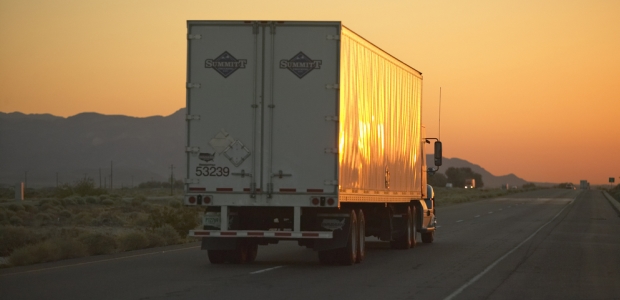
DOT Plays Santa, Eliminating Daily Paperwork Requirement for Trucking Industry
Beginning Dec. 18, professional truck drivers no longer have to submit reports of their pre- and post-trip vehicle inspections if they have not found equipment problems or safety concerns.
U.S. Transportation Secretary Anthony Foxx announced a final rule will take effect Dec. 18, 2014, and will free professional truck drivers from a daily paperwork requirement on which they are now spending an estimated 46.7 million hours each year, according to the Federal Motor Carrier Safety Administration: Submitting reports of pre- and post-trip vehicle inspections when the inspections turned up no equipment problems or safety issues. Foxx said this change will save the U.S. trucking industry an estimated $1.7 billion annually without compromising safety.
"We delivered big on President Obama's call to cut red tape and waste," he said. "America's truckers should be able to focus more on getting their goods safely to store shelves, constructions sites, or wherever they need to be instead of spending countless hours on unnecessary paperwork that costs the industry nearly $2 billion each year. This is a far better way to do business."
About 95 percent of commercial truck drivers' inspections of their vehicles do not identify any safety defect or maintenance concern, according to DOT.
"We are committed to improving efficiency so that drivers can stay focused on their safety and the safety of everyone they share the road with," said FMCSA Acting Administrator Scott Darling. "Until now, truck driver vehicle inspection reports were the 19th highest paperwork burden across all federal agencies. By scrapping the no-defect inspection reports, the burden is reduced to 79th, marking the most significant paperwork reduction achievement thus far in the Obama Administration."